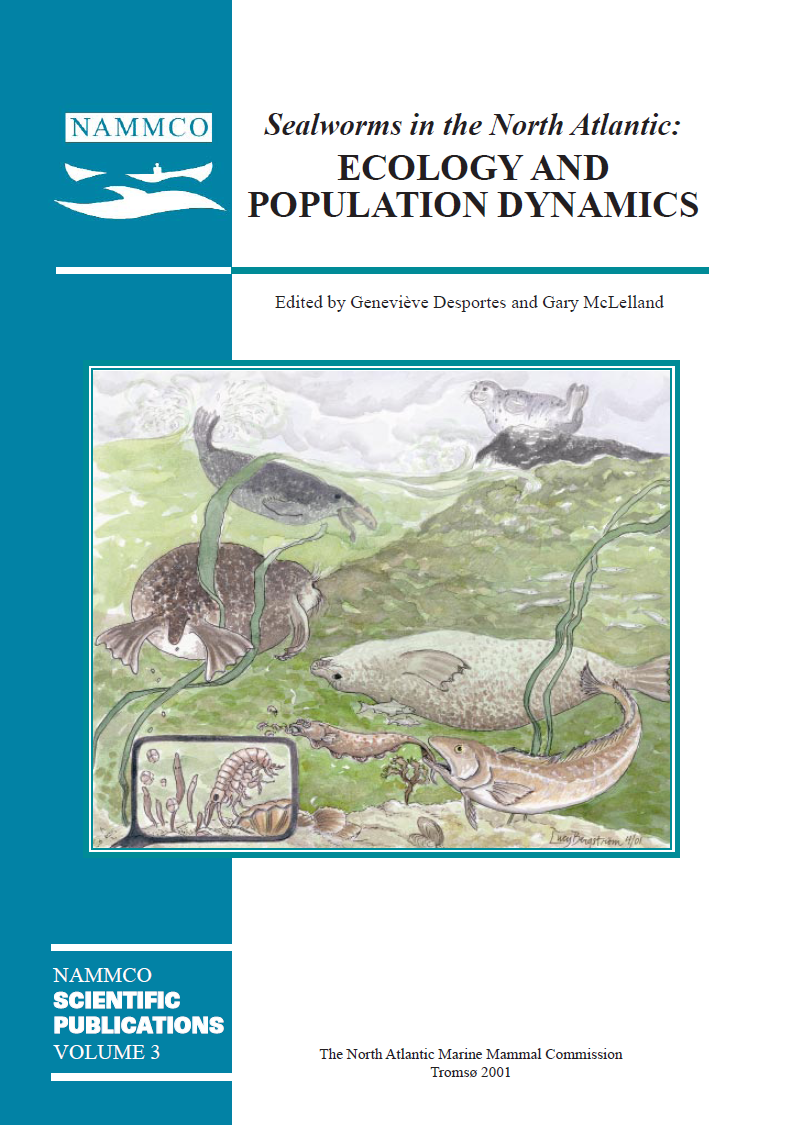Review of the ecology of sealworm, Pseudoterranova sp (p) (Nematoda: Ascaridoidea) in Icelandic waters
DOI:
https://doi.org/10.7557/3.2961Keywords:
Sealworms, Pseudoterranova, hosts, Myoxocephalus scorpius, grey seals, Halichoerus grypus, common seals, Phoca vitulina, Iceland,Abstract
The early life cycle of sealworm in Icelandic waters is not known. Various fish serve as transport hosts but benthic coastal fish, especially bull rout (Myoxocephalus scorpius), probably have a major role in transmission of larvae to the final hosts, seals. Grey seals (Halichoerus grypus) are more heavily infected with sealworm than common seals (Phoca vitulina) and the grey seal population, estimated at 6,000, probably plays a larger role in the dynamics of the worm than the estimated 15,000 common seals. Other seals seem to play a small or insignificant role in sealworm dynamics in the area. Sealworm abundances in fish and final hosts are higher off the west coast than in other areas in Iceland. A combination of shallow, temperate waters, large numbers of small islands inhabited by numerous seals and grey seals’ consumption of heavily infected bull rout during the breeding season in autumn are important factors responsible for maintaining an abundance of sealworm in this area. Future research on sealworm in Iceland should focus on long term monitoring of worm abundance in all potential hosts in order to observe, interpret and predict possible changes, the dynamics of infections in fish frequently consumed by seals and on seasonal and spatial variations in worm fecundity.





